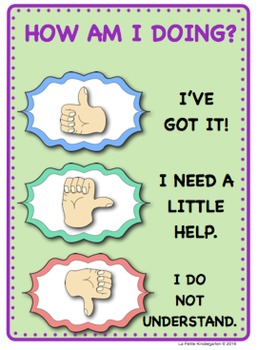|
Exercise 4 p.22.
Allow students time to read the sentences
carefully. Explain that they should amend the bold words in order
to produce the correct versions.
In a stronger class, you could ask students to
write more sentences about the picture and give these to their
partner to correct.
Exercise 5 p.22.
Tell
students to read the questions carefully before they match. In a
weaker class, point out that they should think about the number of
items in the question, and whether the question is asking about the
presence or the location of an object.
Demonstrate the key phrases by asking a confident
student one or two questions and eliciting the
answers.
Read the
instructions for the memory game with the class, and check the
class understands these. Explain that they should study the photo
carefully in order to write their own questions, and also to help
them remember as much can when they come to answer their partner's
questions.
Students
write their questions individually, then ask and answer with a
partner. Go round and monitor for accuracy.
Once they
have finished, find out how many students were able to answer all
their partner’s questions correctly.
Optional activity:
Vocabulary
Play a
game to practise the vocabulary.
Ask
students to choose three of the words from exercise 1 and write
clues for them. Do a few examples with the class first, for
example, you put books on this (bookcase), you can look at yourself
in this (mirror).
When
students have written their clues, ask them to move around the
classroom reading their clues to other students. They should try to
guess the words from other students' clues. Tell them they should
award themselves one point each time they guess a word
correctly.
The winner
is the student with the most points.
Optional activity:
Vocabulary
To
practise or revise the vocabulary set in a fun way, ask students to
work individually and draw a room plan, including five objects from
exercise 1. Tell them not to show their partner their
plan.
In pairs,
students take it in turns to ask yes / no questions to identify
their partner's room, then find out what objects are in the room
and where they are. For example, Is it a kitchen? Is there a
microwave anywhere? Is the microwave on the
table?
Ask some
students to report back on their partner's room.
|



















